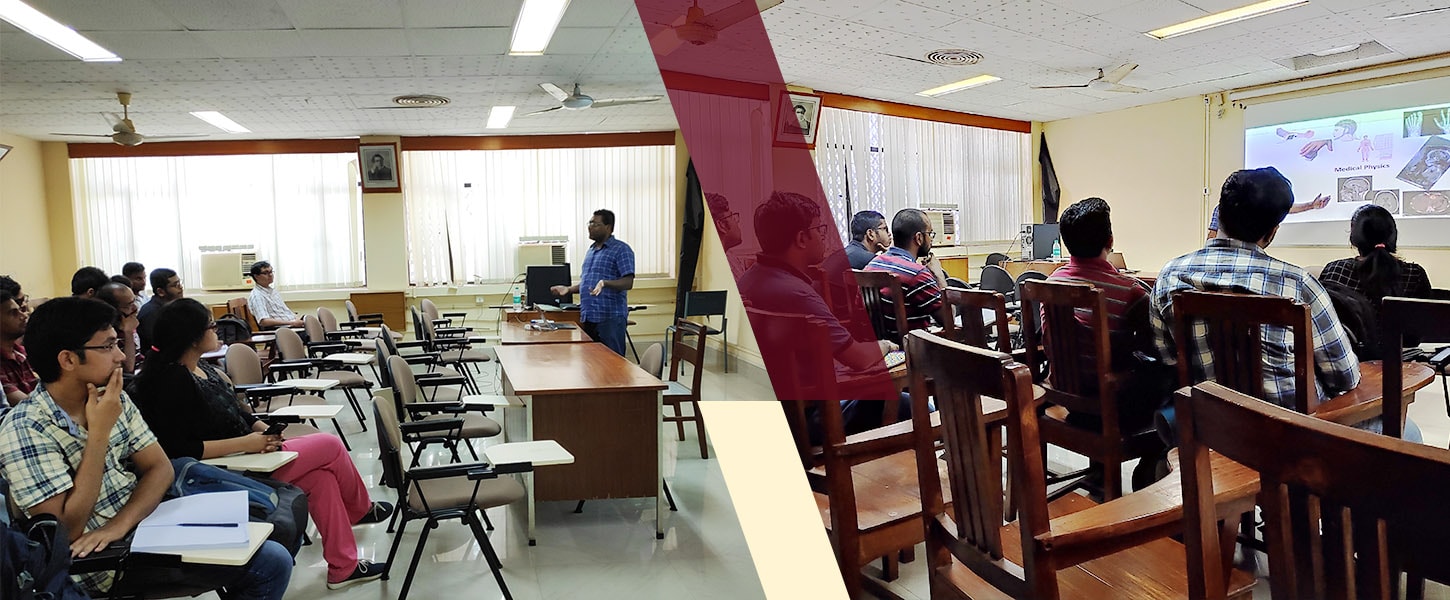
Urbanizing the Brownfields of India
Indian Institute of Technology Kharagpur is geared up to bolster Professional Partnerships, expand Study Abroad Programs and initiate Research Collaborations with select Global universities. In line with this, the Department of Architecture and Regional Planning has come up with its second collaborative research programme with the Department of Urban Studies and Planning, Massachusetts Institute of Technology USA. The topic of research is “Integrating Brownfield Sites of India into the Urban Fabric”. Brownfield redevelopment is relatively new within the Indian context. Given that remediation projects wherever applicable are long-term commitments; careful ex-ante planning is required to ensure the resulting projects are…

